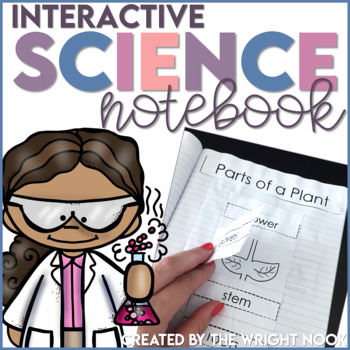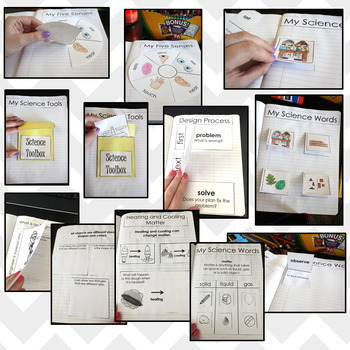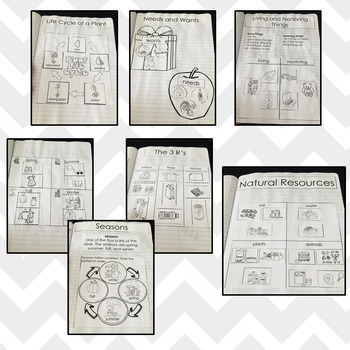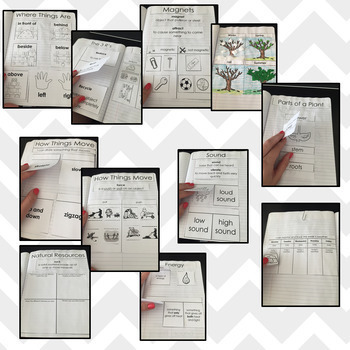Interactive Notebook for Science in Kindergarten
- PDF
What educators are saying
Description
Are you looking to add a deeper understanding of science vocabulary to your kindergarten classroom? Your students will love building this interactive notebook and love that they can use it as constant reference to lessons.
Why will you love this product?
• Your students will gain a better understanding of important science vocabulary.
• This will create an item that your students can use over and over for reinforcement.
• It adds an element to fun when using facts and vocabulary.
What's inside?
In this you will find important science vocabulary and activities to support theme knowledge. Themes include:
★Five Senses
★Texture
★Tools
★Engineering
★Design Process
★Natural Resources
★Reduce, Reuse, Recycle
★Matter
★Energy
★Sound
★Magnets
★Positional Words
★Movement
★Weather
★Seasons
★Day/Night
★Living/Nonliving
★Needs/Wants
★Animals
★Plants
This notebook supports most science units because it is aligned with the Texas Essential Knowledge and Skills and the Next Generation Science Standards.
You will also find pictures that will help guide you with what the page should look like when completed.
Check out what others have to say about this set:
"My students love these pages. Thank you so much for this wonderful resource." -Alicia
"My class loves completing their science journals. Thank you for making it easy." -Nicole
"I love how creative the structures are in this resource. This is great for my kindergarten scientists!" -Kate
"This is probably the best resource I bought this year. Excellent!!" -Anne
================================================================
Make sure to follow my TPT store if you want more tips, freebies and alerts!
YOU MIGHT ALSO LIKE:
Write the Room Entire Year Vocabulary Bundle





